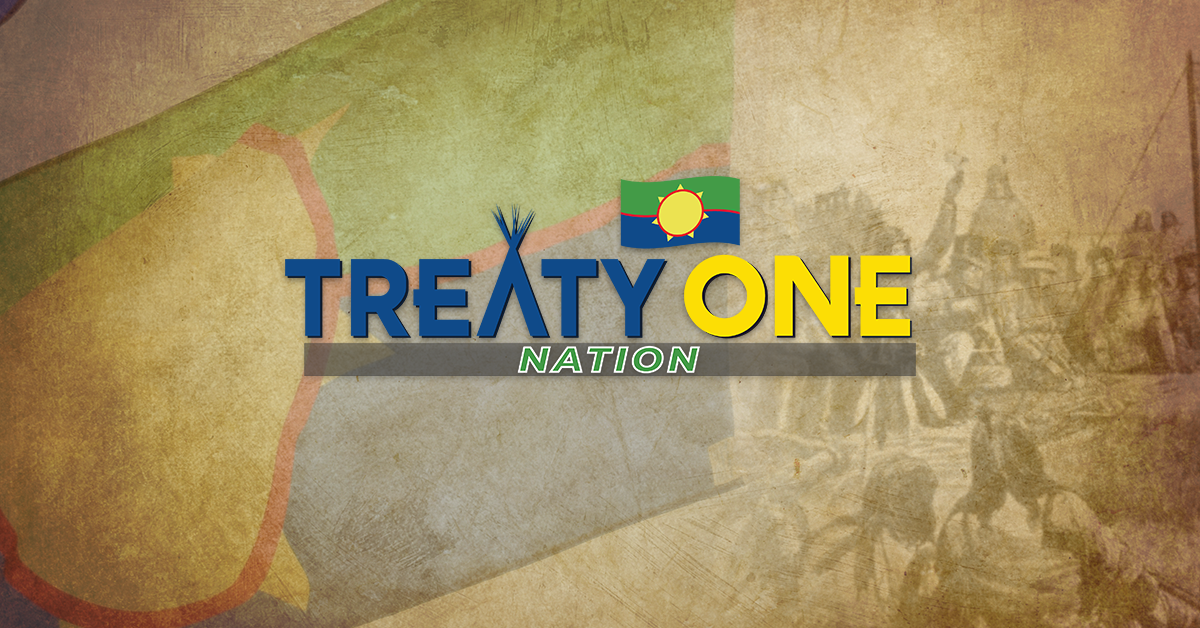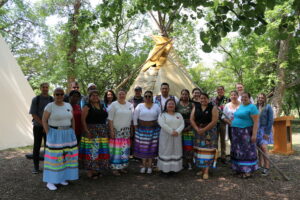No products in the cart.

Indigenous signatories to treaty envisioned life of opportunity
If you have been reading this series of articles leading up to the 150th anniversary of the making of Treaty 1 on Aug. 3, 1871, you will have gained a greater understanding of the true intent, from the First Nations’ perspective, of discussions and desired outcomes that were based on sharing, mutual obligations, rights to our land and a livelihood that was codified through the sacred pipe ceremony.
If history had only played out the way the Indigenous signatories envisaged, life for First Nations peoples would have been much different today with our communities among some of the wealthiest, with state-of-the-art infrastructure and services, and our people among the best educated in the country.
Instead, the marginalization and isolation of First Nations peoples have left our communities with unemployment rates five times higher than others in Canada and with one in four living in poverty. Overcrowded homes, lack of access to clean drinking water and even simple access to education and health care are daily issues for many.
If you are looking for an answer as to why things went so badly off the rails, look no further than the Indian Act, which was unilaterally introduced by the federal government in 1876, and designed to set First Nations up to fail, with repercussions that we feel in our communities to this day.
Based on the notion that First Nations were wards of the state, the Indian Act introduced “Indian agents” to govern reserves. Imagine in today’s environment if people, goods, commerce, and housing were all controlled by just one person — the Indian agent — and you will have a good idea of the power and control the agent could wield.
One example of the near-absolute authority held by Indian agents was the pass system, empowered by the Indian Act. Introduced in the early 1900s, First Nations who wanted to leave their reserve were forced to first find the Indian agent, then get a pass to leave. Shockingly, Indian agents used the pass system into the 1960s.
To further exercise control over our First Nations peoples, the Indian Act removed our right to vote, which had been in place since the late 1800s. Once removed, it took until 1960 for this right to be restored.
The Indian Act also outlawed and made illegal First Nations ceremonies. Gatherings that had taken place over millennium were banned and those caught participating faced imprisonment.
On the economic front, the Indian Act enabled the government of Canada to introduce the peasant farmer policy, which made it illegal for First Nations farmers to use “labour saving tools” to farm. Yes, our farmers could legally only farm with hand tools, if you can imagine, while all other colonial farmers mechanized.
Overnight, the burgeoning First Nations agriculture sector, embraced to transition away from being reliant on a rapidly dying buffalo population, was killed overnight, taking down First Nations farmers in areas that stretched from Selkirk to Portage and Virden.
So why not fight the Indian Act? The reason was simple. If First Nations dared to challenge any of the measures, the act removed that option by making it illegal in Canada for lawyers to represent any of us against the federal government without their written approval. In fact, lawyers faced disbarment if they dared to represent First Nations clients.
Worst of all, it was the Indian Act that empowered the introduction of residential schools in Canada — a move that ran totally contrary to the promise of schools on reserves agreed to in Treaty 1. The horrific results and effects generations of our families continue to experience result from the federal government contracting out schooling to Canadian churches.
There is no denying that the Indian Act forcibly and deliberately created a First Nations system of dependency on the government — the effects of each of these policies that has and will continue to reverberate in our communities and with our children for generous to come.
So, when we commemorate the making of Treaty No. 1, as we will on Aug. 3, it is not to celebrate but to continue to remind our federal government and Canadians that the outstanding commitments, almost immediately broken, must be rectified as part of the reconciliation process.
Chief Francine Meeches of Swan Lake First Nation is a member of the Treaty One Nation Governing Council composed of the seven Treaty One First Nations: Brokenhead Ojibway Nation, Long Plain First Nation, Peguis First Nation, Roseau River Anishinabe Nation, Sagkeeng Anicinabe Nation, Sandy Bay Ojibwe First Nation and Swan Lake First Nation.


